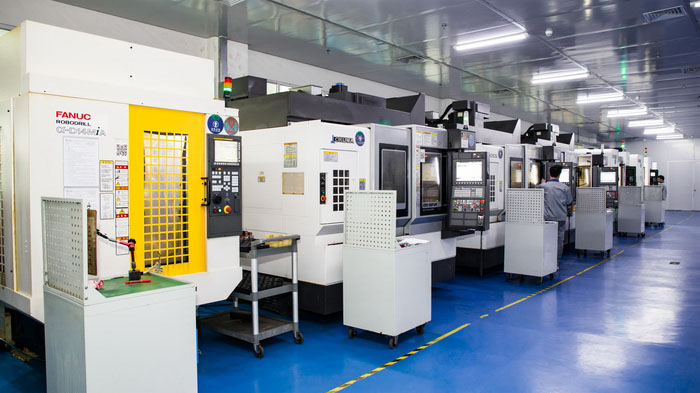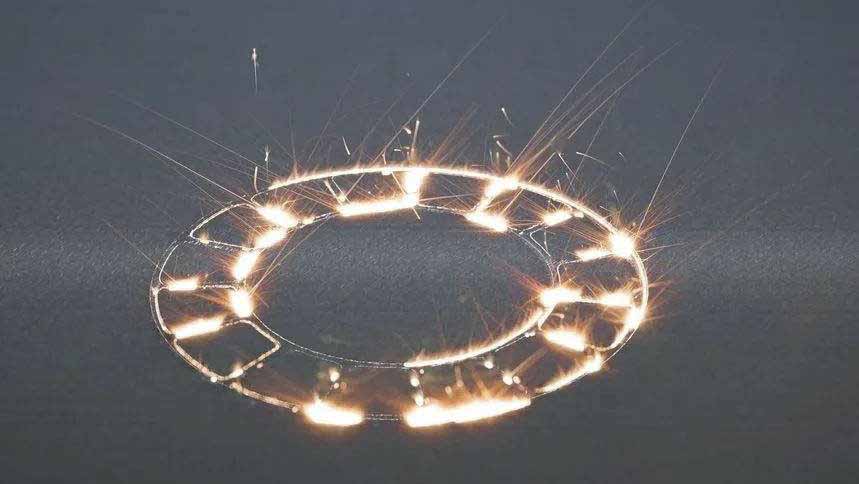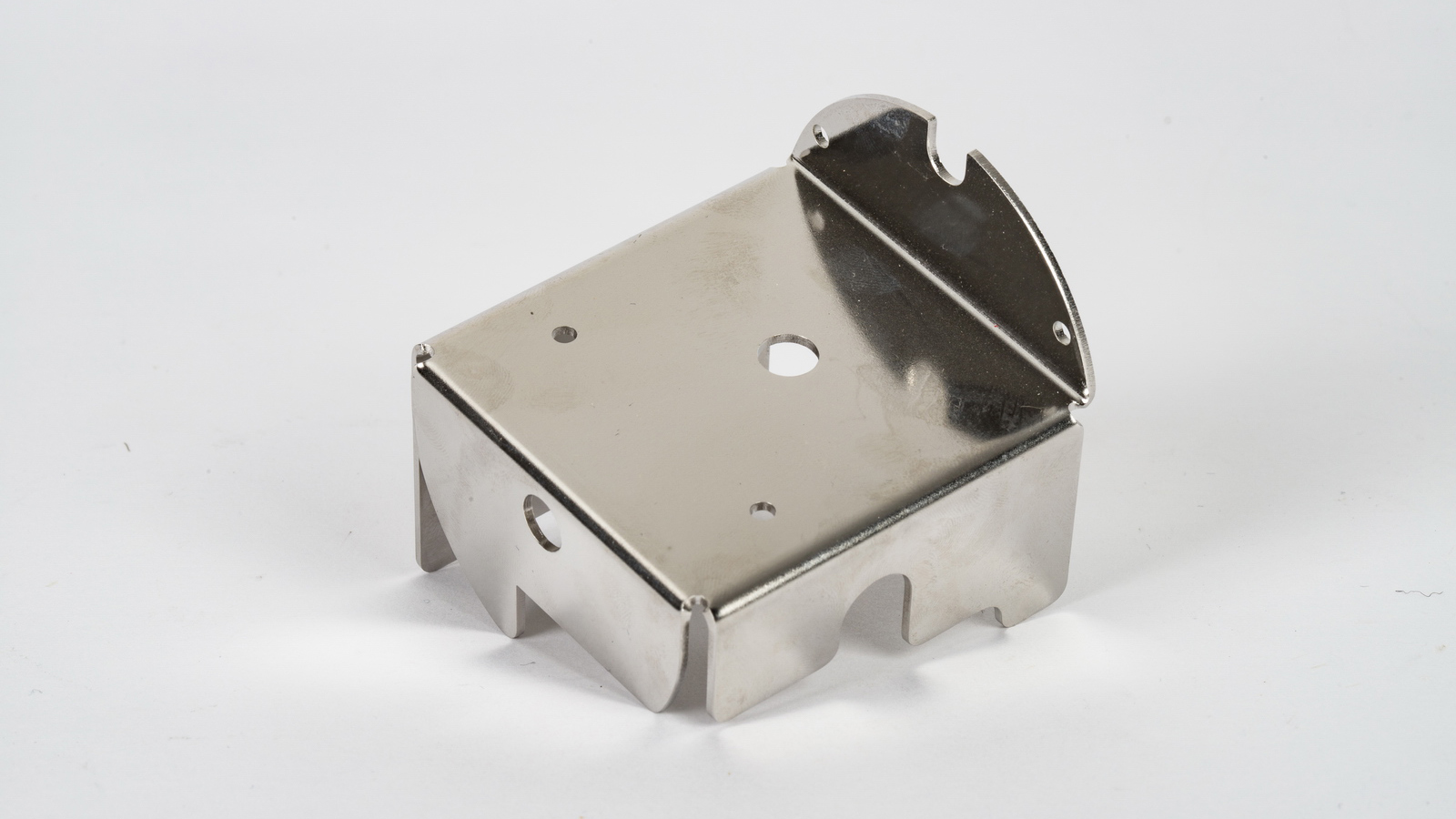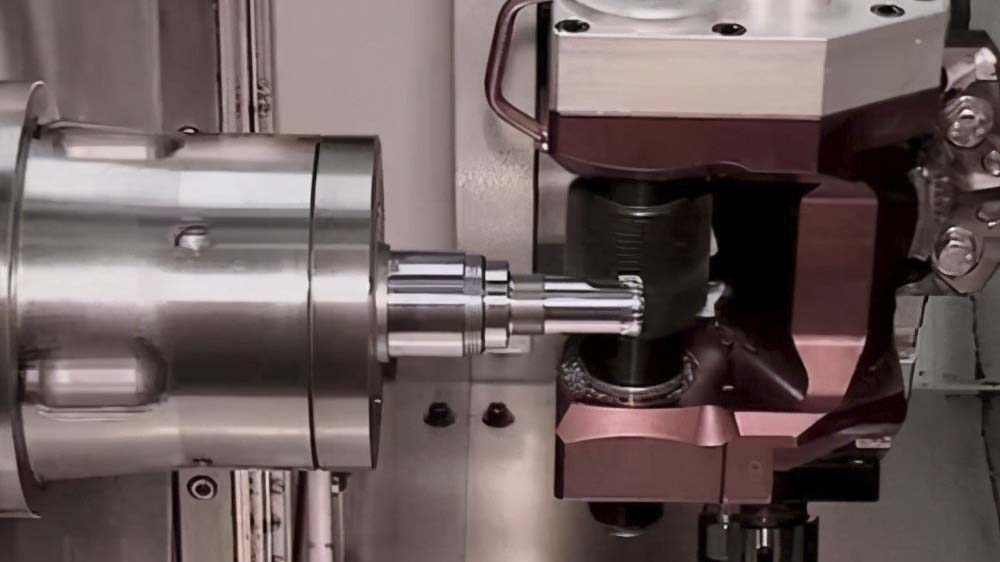










Forging: A Detailed Overview
1. Executive Summary
Forging is a foundational manufacturing process that
involves shaping metal using localized compressive forces. These forces are
delivered by a hammer, die, or press. Unlike casting, where metal is melted,
forging plastically deforms the solid metal, typically at elevated
temperatures, to achieve the desired shape. This process is renowned for
producing parts with superior strength, toughness, and structural integrity,
making it critical for high-stress applications in aerospace, automotive, and
heavy machinery.
2. Core Principle & Key Characteristics
The fundamental
principle of forging is the plastic deformation of metal grains. The application of force causes the internal grain structure
of the metal to recrystallize and flow, following the general shape of the
part.
Key Characteristics:
3. Primary Forging Methods
Forging processes
are categorized by the equipment used and the temperature at which the metal is
worked.
1. By Temperature:
|
Method |
Temperature Range |
Characteristics |
Common Applications |
|
Hot Forging |
Above the metal's recrystallization
temperature (e.g., >1000°C for steel). |
Metal is very ductile, allowing for
significant shape change. No strain hardening. Most common method. |
Engine crankshafts, connecting rods, gear
blanks. |
|
Cold Forging |
Room temperature. |
Excellent dimensional accuracy and surface
finish. Increases strength via strain hardening. Higher forces
required. |
Fasteners (bolts, screws), gears, shafts. |
|
Warm Forging |
Below recrystallization but above room
temperature (e.g., 500-900°C for steel). |
Balances the lower force of hot forging
with the precision of cold forging. Reduces strain hardening. |
Complex automotive components. |
2. By Equipment & Process:
|
Method |
Description |
Characteristics |
|
Open-Die Forging |
The workpiece is compressed between two
flat or simple-shaped dies while being manipulated by the operator. Also
called smith
forging. |
Produces large, simple shapes (blanks).
Excellent mechanical properties. Requires significant skill. |
|
Impression-Die Forging (Closed-Die
Forging) |
The workpiece is compressed between two
dies containing a precut impression of the desired part shape. Excess metal
forms flash, which is
trimmed off. |
The most common method for complex,
net-shape parts. High production rates. Excellent material utilization. |
|
Roll Forging |
Round or flat bars are passed through
opposing rolls with shaped grooves that reduce the cross-section and increase
the length. |
Used to produce parts with tapered
sections, like leaf springs and levers. |
|
Upset Forging |
The diameter of a bar or wire is increased
by compressing its length. This is done in a special upsetter or a
horizontal forging machine. |
Ideal for creating heads on fasteners like
bolts and nails. |
4. Forging Equipment
The machinery used defines the nature of the
forging process.
5. Key Terminology
|
Term |
Definition |
|
Billet / Bloom / Slab |
A semi-finished, rectangular or square form
that is the starting stock for many forging processes. |
|
Ingot |
A large, cast metal block that is the
initial product of a steel mill, often broken down into billets. |
|
Die |
A hardened tool steel block containing the
impression of the part to be forged. |
|
Flash |
The thin layer of metal that squeezes out
into the gap between the dies during impression-die forging. It is later
trimmed off. |
|
Grain Flow (Fiber Flow) |
The directional pattern of the metal's
grain structure after forging, which follows the part's contour and is key to
its strength. |
|
Draft Angle |
A taper applied to the vertical walls of a
forging to facilitate its ejection from the die. |
|
Parting Line |
The plane where the two die halves meet. |
|
Trimming |
The secondary operation where the flash is
removed from the forged part. |
|
Heat Treatment |
A critical post-forging process (e.g.,
annealing, normalizing, quenching & tempering) used to achieve the final
mechanical properties. |
6. Advantages and Limitations
|
Advantages |
Limitations |
|
Superior Mechanical Properties: Unmatched
strength and toughness. |
High Tooling Cost: Dies,
especially for impression-die forging, are expensive. |
|
Reliability: The refined
grain structure provides consistent performance. |
Limited Complexity: Part geometry
is constrained; deep holes and undercuts are not possible. |
|
Material Efficiency: Near-net-shape
process reduces scrap. |
Size Limitations: Very large
forgings require immense, costly equipment. |
|
High Production Rate: Impression-die
forging is suitable for mass production. |
Secondary Operations: Often require
machining, drilling, and heat treatment. |
7. Common Applications
Conclusion
Forging remains an indispensable
manufacturing process where reliability and strength are
non-negotiable. By aligning the metal's grain structure with the
part's shape, forging creates components that can withstand extreme forces,
impacts, and fatigue, making it the process of choice for the most demanding
mechanical applications.